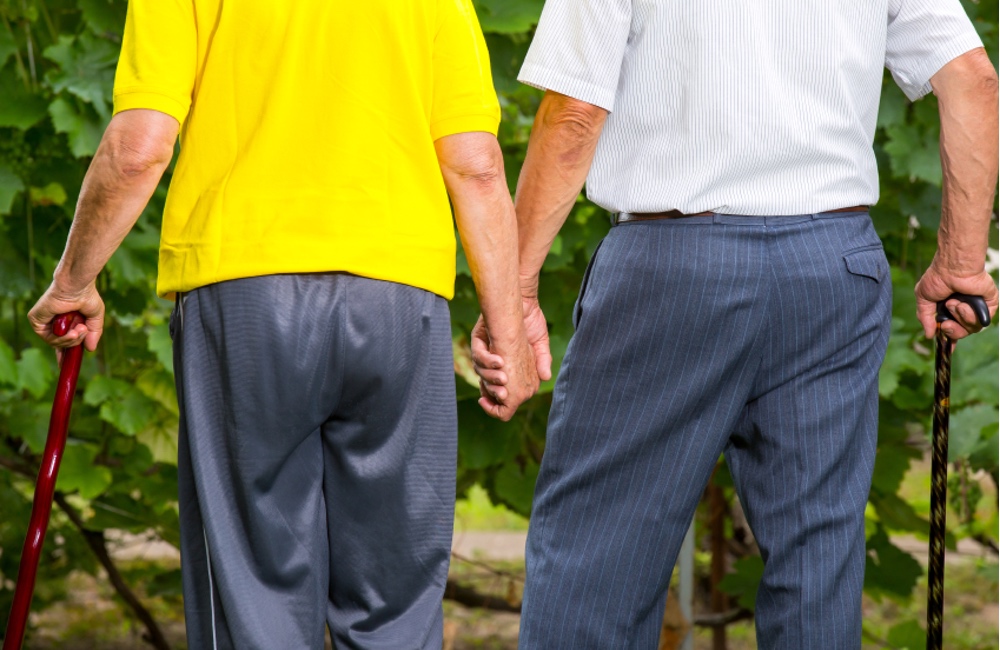Living with pain or discomfort is not easy. As bad as the physical experience of pain can be, its effect on a person’s mental outlook can make it even worse. If you feel helpless or hopeless in the face of pain early in the day, there is a good chance, a study finds, you won’t get the exercise you need to help keep your pain in check.
Chronic or persistent pain affects between 60 and 75 percent of older adults in the U.S., according to the Penn State study. Getting enough exercise helps people tolerate the pain and can even ease it. But thinking about their pain can lead some older adults to avoid exercise in an effort to also avoid more pain. Unfortunately, people who choose this approach aren't doing themselves any favors.
“Staying physically active is one of the most important self-management strategies for chronic pain patients,” study co-author, Lynn Martire, professor of human development and family studies at Penn State University, said in a statement. “However, many chronic pain patients avoid physical activities that they are actually capable of doing. Our study focused on one critical psychological factor that may explain why patients avoid physical activity despite its importance for pain management: their catastrophic thinking about their pain.”How patients thought about their pain had a more powerful impact on their physical activity than how strong the pain was did.
Nearly 145 older people with knee arthritis took part in the study. On mornings when they catastrophized about their pain more than usual, the researchers found, they ended up being less active the rest of the day.
In fact, at least in this study, how patients thought about their pain had a more powerful impact on their physical activity than how strong the pain was.
Catastrophizing about pain in the morning didn't just lead to being more sedentary that day — it also caused increased sedentary behavior the next day as well. And more sedentary time led to even more pain catastrophizing the following day. It's a vicious cycle that needs to be broken or it will keep getting worse.
The most effective ways to combat catastrophizing pain are all psychological in nature. Cognitive behavioral therapy (CBT), combination therapies — all of which included at least some CBT— and acceptance and commitment therapy, a mindfulness-based therapy aimed at helping people better accept the difficulties that come with life, have each been found to help short-circuit the kind of defeated outlook that can creep in when people are dealing with daily pain.





